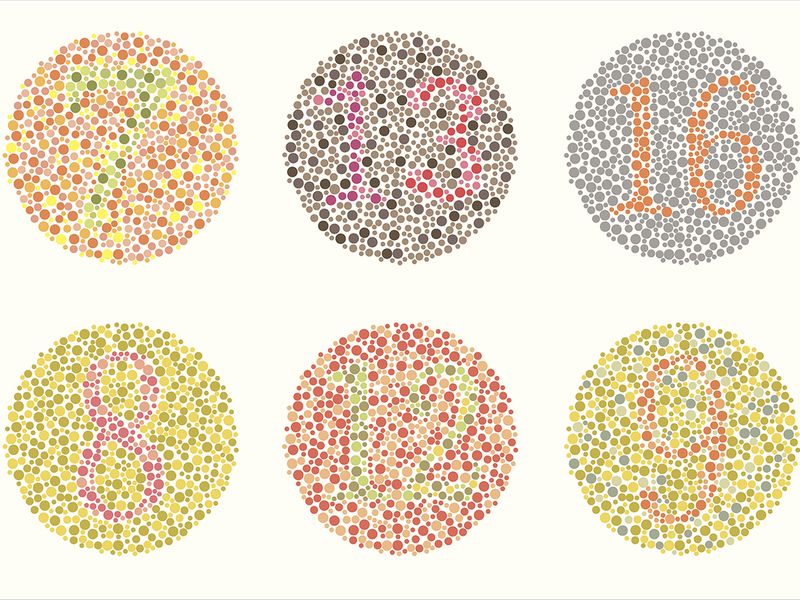0%

Photo: Getty Images
Colour blindness is a condition where the light-sensitive cells in the retina fail to respond correctly to variations in wavelengths of light, causing a defect where people are unable to see color properly.
Dr. Caroline Paulson, Specialist Ophthalmology, Zulekha Hospital Dubai, says that the majority of cases she encounters are diagnosed fairly early. “Commonly, when children are taught colors between the ages of two and three, parents identify that there are some particular colors that the child describes incorrectly and that is usually when they bring the child to an ophthalmologist.
It is predominantly a male problem as it is an X-linked recessive condition, so men tend to manifest color blindness whereas women could be carriers but not manifest the symptoms.
“If the parent is very observant, they tend to recognize color blindness in their children much earlier. Sometimes I see slightly older children. It is often undiagnosed because children with the most common type of color blindness usually have an otherwise ordinary vision.”
Dr. Paulson says that the most common form of color blindness is inherited and that it affects significantly more males than females. “It is predominantly a male problem as it is an X-linked recessive condition, so men tend to manifest color blindness whereas women could be carriers but not manifest the symptoms. Predominantly it is a genetic condition.
“There are different types of color blindness but the most common kind of color blindness is red-green. Affected patients have an inability to differentiate between the colors of red and green.
“There are less common subsets of color blindness, where some patients cannot identify color at all and they see everything in the world in shades of grey but that is very rare.”
The cause of color blindness is defective cells in the retina. “We have two types of cells called rods, which are concerned with vision at night or scotopic vision. There is another group called cones, which are concerned with color vision,” says Dr. Paulson.
“There are around 120 million rods in the eye and around six million cones. The cones have three types of pigments — one is concerned with red color vision, one is concerned with green color vision and one is concerned with blue color vision.
“These cone cells respond when they see light at a particular wavelength. In our visible spectrum, the red wavelength comes at around 540 nanometres, so a patient with a defective red cone cell will not be able to appreciate the red color.”
The level of color blindness varies from case to case and can be mild, moderate or severe. In some instances, people can see colors but are unable to identify certain shades of a particular color.
Professions such as airline pilots require full-color vision. “We have set tests that can identify color vision defects. The most common test is the Ishihara test,” says Dr Paulson. This test consists of nine plates and inside certain colors, there is a hidden number. With the Ishihara test, the doctor can identify red-green color blindness in patients. A person with a good color vision will read the numbers correctly but a person with defective color vision will read the numbers differently.
Dr. Paulson says that there is no cure for color blindness but there are treatments available that can improve patients’ ability to differentiate the contrasts between colors. “There are certain types of contact lenses and glasses that are available, which work by improving the contrast between two different colors so that the patient can identify that color could be a shade of red a little better,” she says.
Although the majority of cases of color blindness are genetic and a child is born with the issue, in some cases it can occur as a result of other health issues. “These are usually problems that occur within the eye, causing an inability to identify certain colors,” says Dr. Paulson. “Certain conditions such as optic neuritis [an inflammation that damages the optic nerve], central serous retinopathy and glaucoma can cause color blindness.”
If your child is color blind though, it shouldn’t hinder their life too much. “Colour blindness is an easy condition to live with but it can put people at a disadvantage in certain situations. It applies to certain professions and in some countries, people who are color blind are not permitted to have a driving license,” says Dr. Paulson. “Yet, I know a lot of color blind people who lead very normal lives.”